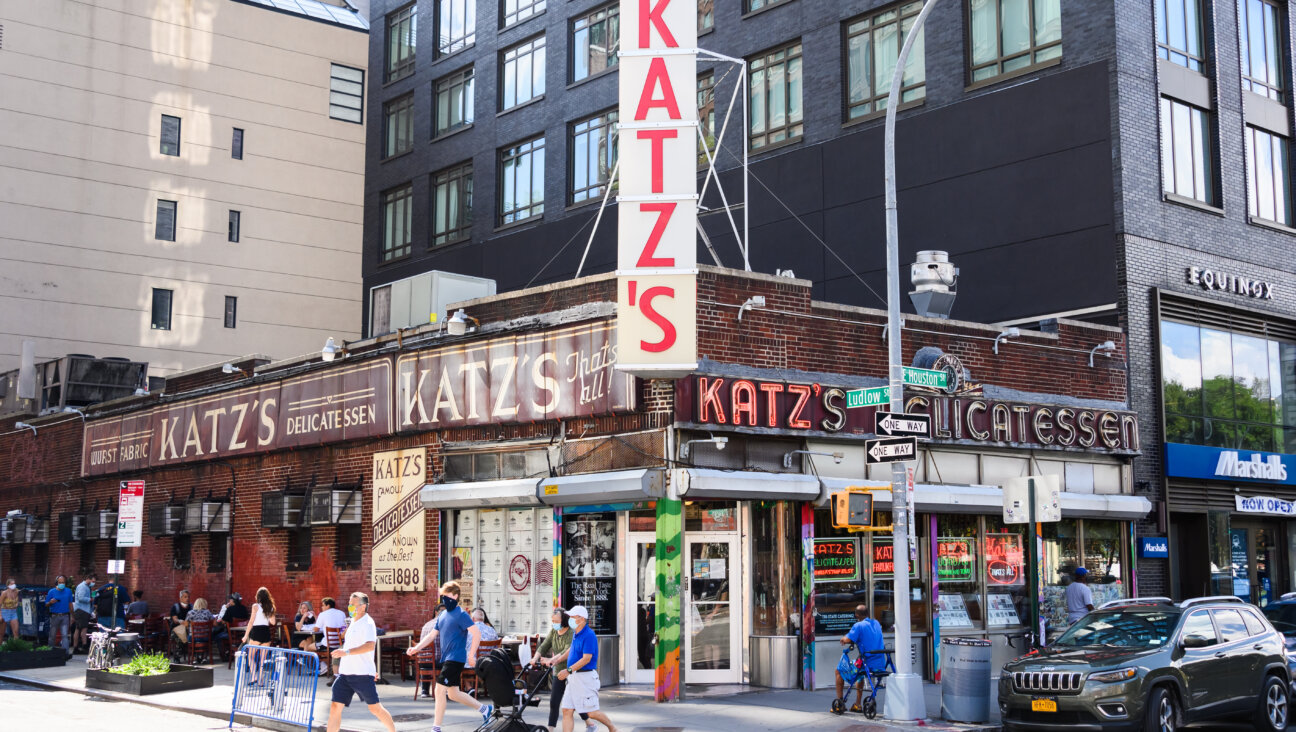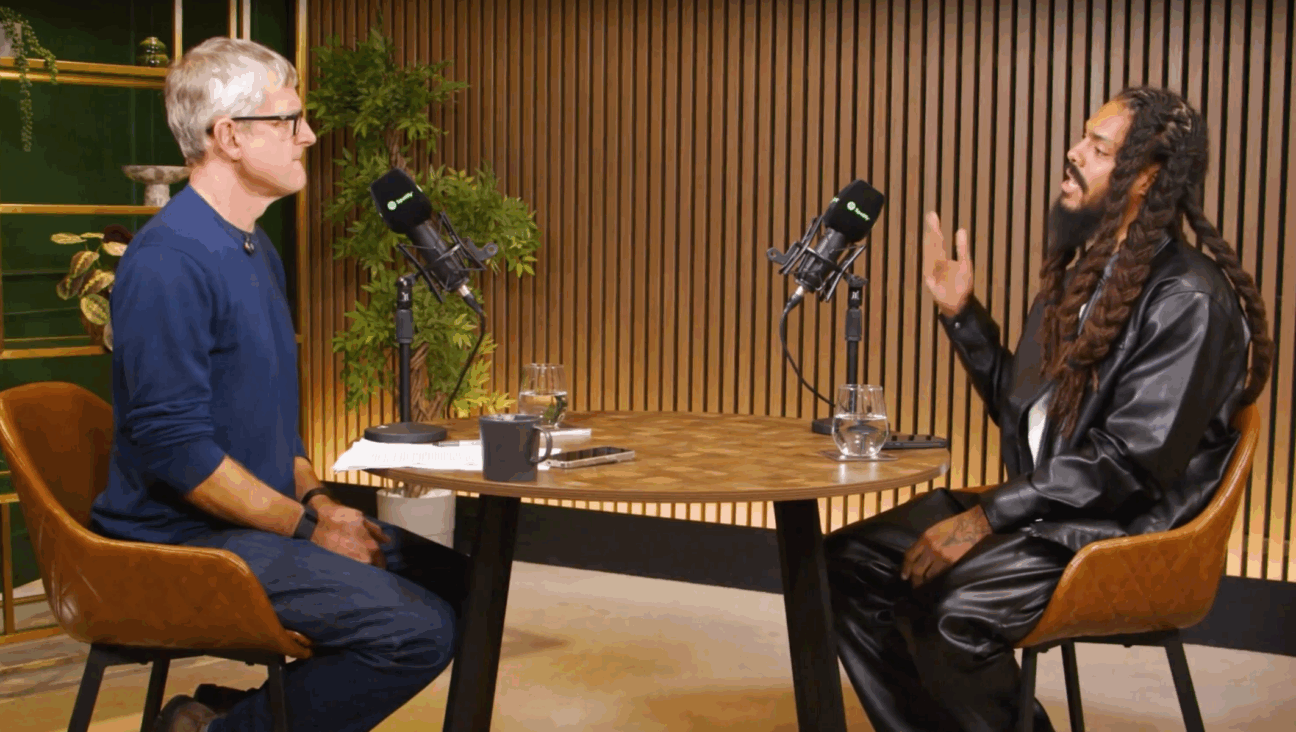All The European Countries Where Kosher and Halal Meat Production Are Now Forbidden

Image by Shira Feder

A chicken walks loose before it is caught and killed at a factory in Jerusalem where chickens are slaughtered according to Jewish dietary laws. Image by Getty
A ban on the Jewish and Muslim methods of ritual slaughter of animals in Belgium’s northern Flemish region went into effect on January 1. The region’s capital is Antwerp, home to approximately 20,000 Jews.
This is just another step in a larger trend across Europe — which we’ve mapped out below, with individual restrictions and Jewish population numbers:
Data from Jewish Data Bank and Library of Congress. Map by Shira Feder.
These policies have been in the works for a while. In the European Union’s countries, the post-World War II discussion on ritual slaughter began with a 1998 directive titled the “European Convention for the Protection of Animals for Slaughter,” which required stunning before slaughter except in the case of religious slaughter. Because of this, some countries banned un-stunned ritual slaughter, which included both kosher and halal methods of ritual slaughter. This became a larger campaign, continent-wide. In 2004, the European Food Safety Authority wrote that “due to the serious animal welfare concerns associated with slaughter without stunning, pre-cut stunning should always be performed.” In 2009, the EU Slaughter Regulation permitted religious slaughter without stunning. Because there is no European Union-wide regulation on slaughter without stunning, individual countries have decided for themselves whether to permit or ban kosher slaughter.
The EU does not require meat from un-stunned animals to be labeled as such, at the moment, and while proposals have been made [for mandatory labelling ](http://www.europarl.europa.eu/RegData/bibliotheque/briefing/2012/120375/LDM_BRI(2012 “for mandatory labelling “)120375_REV2_EN.pdf), they have been dismissed.

German activists publicly protest kosher slaughter. Image by Getty
World history is fraught with bans on kosher slaughter, extensively documented in Isaac Lewin’s “Religious Freedom: The Right To Practice Shehitah.” Countries like Switzerland, Sweden, Poland and Norway have all banned kosher slaughter at some point in history. In Germany, kosher slaughter was banned three months after Adolf Hitler was elected, and was subsequently banned in all Nazi-occupied countries, like Italy and Hungary. The bans were removed after the war ended.
What makes kosher slaughter different from non-kosher slaughter?
- Kosher slaughter, known as shechita in Hebrew, involves using a sharp knife to cut open an animal’s trachea and esophagus in a motion quick enough to limit the animal’s pain and kill it immediately. When it comes to kosher slaughter, the animals cannot be stunned before they are killed. When people (often animal rights activists) talk about restricting kosher slaughter, they are talking about un-stunned stunned versus un-stunned animals, and arguing that killing animals without stunning them should not be allowed.
- Stunning animals pre-slaughter has been common practice since the early 20th century, and is considered the least painful way to slaughter.
- Some think kosher slaughter is inhumane, some think restricting it is anti-Semitic, some think bans on kosher slaughter are against Article 9 of the European Convention, and some think it is the least cruel way to kill an animal, including animal rights activist Temple Grandin, who called the method “relatively pain free.”
Shira Feder is a writer. She’s at [email protected] and @shirafeder

















